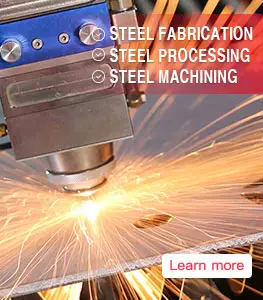Welcome to BBN Steel Materials Factory
What is the difference between Inconel600 and Inconel625 nickel-based alloy?

There are obvious differences between Inconel 600 nickel alloy and Inconel 625 nickel alloy in terms of chemical composition, performance and application range.
Chemical composition:
Inconel 600 is mainly composed of elements such as nickel (minimum content of 72%), chromium (14-17%), iron, carbon, silicon and copper, among which nickel element occupies the majority.
The main components of Inconel 625 are elements such as nickel (minimum content of 58%), chromium (20-23%), iron, niobium, molybdenum, titanium and aluminum. Among them, nickel element is also the most important component.
Performance:
Inconel600 Alloy steel has good oxidation resistance and corrosion resistance, as well as high temperature strength and heat resistance. In high temperature environment, it can still maintain high mechanical strength.
Inconel 625 exhibits similar oxidation and corrosion resistance to Inconel 600. But because it contains more alloying elements, its high temperature strength and heat resistance are higher.
Applications:
Inconel 600 has been widely used in various industries due to its good process performance and corrosion resistance, such as in the field of chemical processing, manufacturing heaters, evaporators and other equipment.
Inconel 625 Nickel Alloy Steel is widely used in the manufacture of aero-engine parts, aerospace structural parts and chemical equipment because of its excellent corrosion resistance and oxidation resistance, as well as good processing and welding properties.
Inconel 600 and Inconel 625 alloys each have their unique properties and advantages, and the choice of which alloy to use depends on specific application requirements and environmental conditions.
.webp)
.webp)
.webp)
.webp)
.webp)
.webp)
.webp)
.webp)
.webp)



Leave a Message